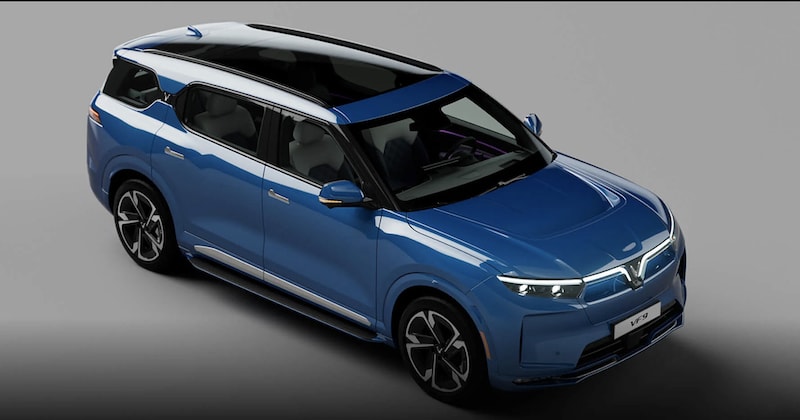Vinfast's Struggles in North Carolina: A Comprehensive Analysis
Vinfast, the Vietnamese electric vehicle (EV) manufacturer, has faced significant challenges since entering the North Carolina market in 2022. Despite initial fanfare and ambitious expansion plans, the company's sales have fallen short of expectations, raising questions about its long-term viability in the US. This article will delve into the factors contributing to Vinfast's struggles, examining the market dynamics, competitive landscape, and the company's own internal challenges.

Market Dynamics
The North Carolina EV market is highly competitive, with established players such as Tesla, Ford, and Volkswagen dominating the scene. Vinfast entered the market with a relatively unknown brand and limited product offerings. The company's premium pricing strategy, with models starting at around $40,000, positioned it in a price range where it faced direct competition from well-established and trusted brands.

Additionally, the market for EVs in North Carolina is still nascent, with a penetration rate of only around 5%. The majority of consumers in the state are still hesitant to adopt EVs due to concerns about range anxiety, charging infrastructure, and upfront costs.
Competitive Landscape
Vinfast's direct competitors in the North Carolina EV market include:
* Tesla: The market leader with a strong brand reputation, advanced technology, and a well-established charging network.

* Ford: A traditional automaker with a strong presence in the pickup truck and SUV segments, offering both hybrid and fully electric models.
* Volkswagen: A German automaker with a growing EV lineup, particularly in the compact SUV category.
These competitors have the advantage of established dealerships, brand recognition, and customer loyalty. Vinfast, as a new entrant, has struggled to gain market share and establish a foothold in the face of such entrenched competition.
Internal Challenges
Beyond the external market factors, Vinfast has also faced internal challenges that have hampered its growth. These include:
* Supply Chain Disruptions: The global supply chain disruptions caused by the COVID-19 pandemic and the ongoing war in Ukraine have affected Vinfast's ability to secure raw materials and components on time. This has led to delays in production and delivery of vehicles.
* Quality Issues: Early Vinfast vehicles faced reports of quality issues, including problems with battery performance, software glitches, and interior trim. These issues damaged the company's reputation and eroded customer confidence.
* Lack of Brand Recognition: As a Vietnamese company, Vinfast is relatively unknown in the US market. The company has spent heavily on marketing and advertising, but it has yet to establish a strong brand image among potential customers.
Future Prospects
Vinfast has acknowledged its challenges and is taking steps to address them. The company has invested in expanding its production capacity, addressing quality concerns, and strengthening its brand awareness. However, the path forward for Vinfast in North Carolina remains uncertain.
One potential growth area for Vinfast could be the commercial vehicle market. The company has unveiled plans to produce electric buses and trucks, which could find a niche in municipal fleets and corporate transportation programs. Additionally, Vinfast could explore partnerships with local businesses or government agencies to provide ride-hailing or car-sharing services.
Vinfast's struggles in North Carolina highlight the challenges faced by new entrants into the competitive EV market. Despite ambitious expansion plans, the company has faced a combination of external market factors, entrenched competition, and internal challenges. While Vinfast is taking steps to address these issues, the long-term viability of the company in the North Carolina market remains uncertain. The company will need to execute its plans effectively, build a strong brand reputation, and navigate the complex market dynamics to achieve sustained growth.
